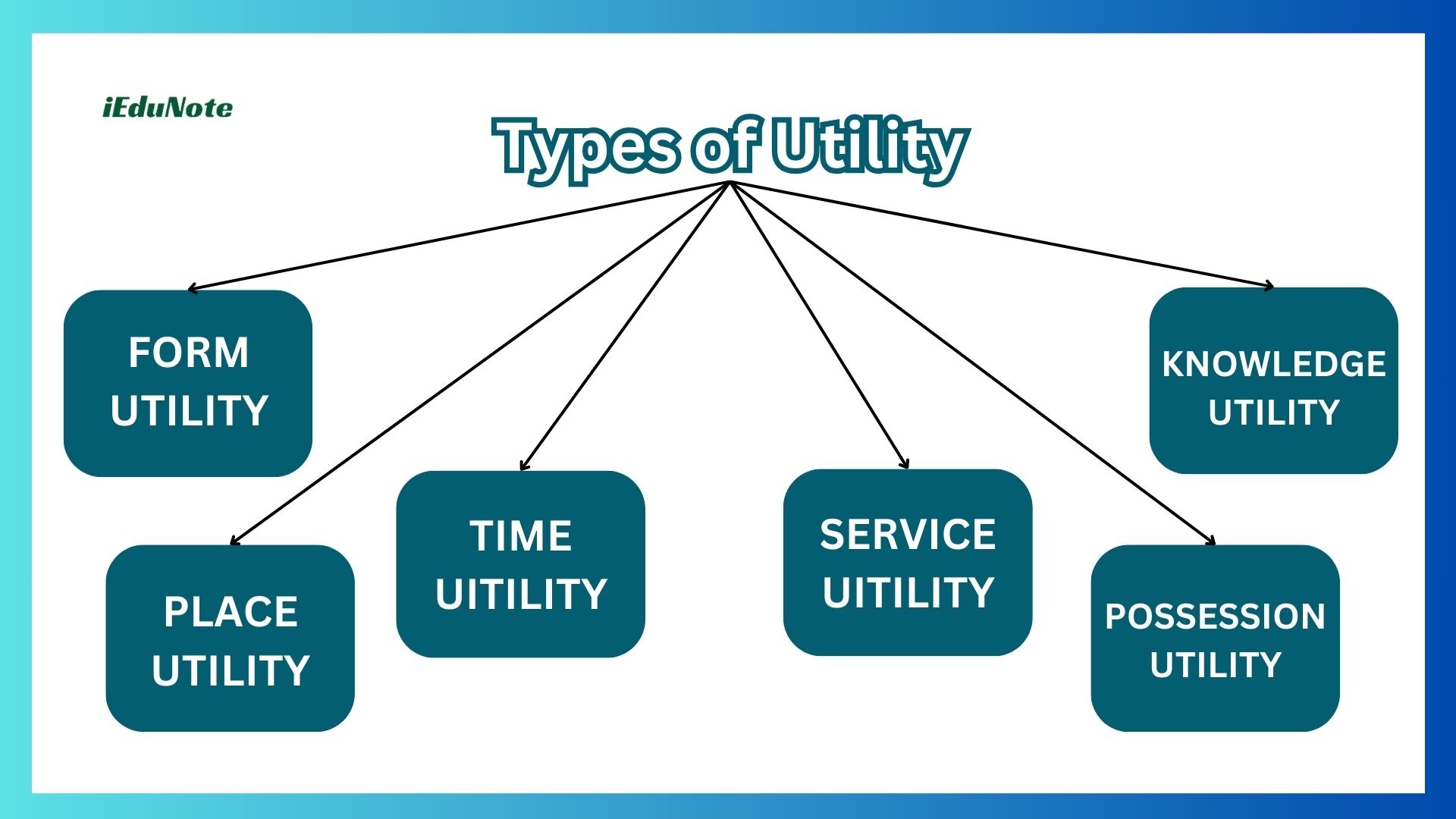Jevon (1835-1882) was the first economist who introduced the concept of utility in economics. According to him:
- “Utility is the basis on which an individual’s demand for a commodity depends.
- Utility is defined as: ‘The power of a commodity or service to satisfy human want.’
- Utility is thus the satisfaction which the consumer derives by consuming the goods.
For example, cloth has a utility for us because we can wear it. Pen has a utility for those who can write with it. The utility is subjective. It differs from person to person. The utility of a bottle of wine is zero for a person who is a non-drinker while it has very high utility for a drinker.
Here it may be noted that the term ‘utility’ may not be confused with the pleasure or usefulness a commodity gives to an individual. Utility is the subjective satisfaction that a consumer gets from consuming any good or service.
For example
poison is injurious to health, but it gives subjective satisfaction to a person who wishes to die. We can say that utility is value-neutral.
There are two main approaches to the study of consumer behavior and demand. The first approach is the Marginal Utility or Cardinal Approach. The second one is the Ordinal Approach.
In economics, production refers to the creation of utilities in several ways. There are the following types of utility:
Types of Utility

Form Utility
This utility is created by changing the form or shape of the materials. For example, a cabinet turned out from steel furniture made of wood, and so on. Form utility is created by the manufacturing of goods.
Place Utility
This utility is created by transporting goods from one place to another. Thus, in marketing goods from the factory to the marketplace, place utility is created.
Similarly, when food grains are shifted from farms to the market by the grain merchants, place utility is created. Transport services are involved in the creation of place utility.
Similarly, fisheries and mining also imply the creation of place utility.
Place utility of a commodity is always more in an area of scarcity than in an area of abundance, e.g., Dinajpur mangoes are more popular and fetch higher prices in Dhaka than in Dinajpur on account of such place utility.
Time Utility
Storing, hoarding, and preserving certain goods over a period of time may lead to the creation of time utility for such goods. For example, by hoarding or storing food grains at the time of a bumper harvest and releasing their stocks for sale at a time of scarcity, traders derive the advantage of time utility and thereby fetch higher prices for food grains.
Service Utility
This utility is created by rendering personal services to customers by various professionals, such as lawyers, doctors, teachers, bankers, actors, etc.
Possession Utility
Utility derived by a transaction between a buyer and a seller that leads to the transfer of ownership creates possession utility. For example, when a supplier sells his goods to his customer, the customer gets possession utility.
Knowledge Utility
It is the utility derived from knowing a particular thing. For example, advertisements provide knowledge utility by filling the consumer’s knowledge gap.